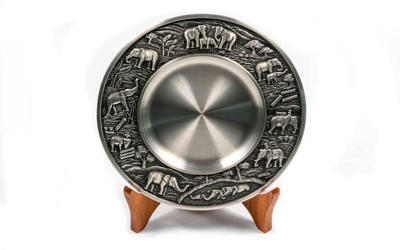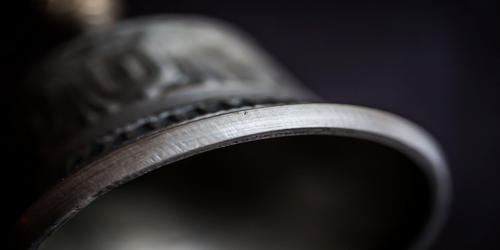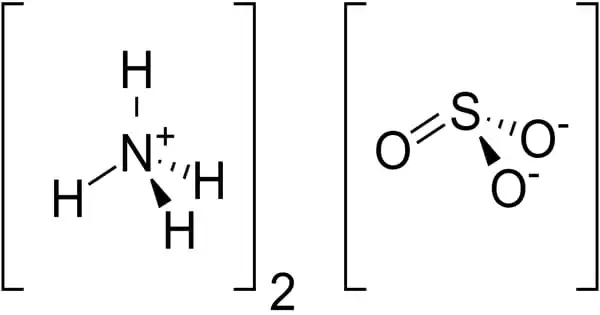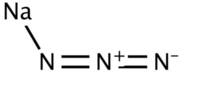Pewter is a grey alloy of tin with copper and antimony (formerly, tin and lead). It is a malleable metal alloy composed of 85–99% tin, mixed with approximately 5–10% antimony, 2% copper, bismuth, and sometimes silver. It is a tin-based alloy used as a material from which domestic utensils were fashioned. Copper and antimony act as hardeners but may be replaced with lead in lower grades of pewter, imparting a bluish tint. Copper and Antimony act as hardeners while lead is common in the lower grades of pewter, which have a bluish tint. It has a melting point, around 338 – 446 F ( 170 – 230 C ), depending on the exact mixture. Pewter has a low melting point, around 170–230 °C (338–446 °F), depending on the exact mixture of metals.
Uses
Pewter is used in decorative objects, mainly collectible statuettes and figurines, game figures, aircraft, and other models, (replica) coins, pendants, and plated jewelry. It is an attractive metal that has been used for the production of household and other items in Britain since Roman times.
Ancient pewter contained about 70 percent tin and 30 percent lead. It was used for decorative metal items and tableware in ancient times by the Egyptians and later the Romans and came into extensive use in Europe from the Middle Ages until the various developments in pottery and glass-making during the 18th and 19th centuries.

Fig: Royal Thai Pewter Souvenir
During the 17th and 18th centuries pewter would have been found in every household. Jugs, plates, buttons, pilgrim badges, tankards, wine cups, inkwells, candlesticks, and spoons are just some of the many items for which it was used. Pewter was the chief material for producing plates, cups, and bowls until the making of porcelain. Mass production of pottery, porcelain, and glass products has seen pewter universally replaced in daily life.
In the early 19th century, changes in fashion caused a decline in the use of pewter flatware. At the same time, production increased of both cast and spun pewter tea sets, whale-oil lamps, candlesticks, and so on.
In the late 19th century, pewter came back into fashion with the revival of medieval objects for decoration. New replicas of medieval pewter objects were created and collected for decoration. Modern pewter is about 91 percent tin, 7.5 percent antimony, and 1.5 percent copper; the absence of lead makes it safe to use for dishes and drinking vessels. Today, pewter is used in decorative objects, mainly collectible statuettes and figurines, game figures, aircraft, and other models, (replica) coins, pendants, plated jewelry, and so on.
















